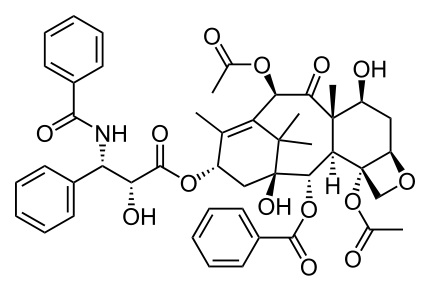 I have to admit that until now I have not really interacted with chemists – at least not in the field of science and faith. Some of my best friends are chemists (really!), but we have never talked about the faith implications of what they are doing in the lab. I think we usually assume that because there’s no cosmic fine-tuning, big bang, evolution or bioethical issues in this field, there’s not much to say about chemistry and faith. It took a trip to the US last week to make me change my mind*.
I have to admit that until now I have not really interacted with chemists – at least not in the field of science and faith. Some of my best friends are chemists (really!), but we have never talked about the faith implications of what they are doing in the lab. I think we usually assume that because there’s no cosmic fine-tuning, big bang, evolution or bioethical issues in this field, there’s not much to say about chemistry and faith. It took a trip to the US last week to make me change my mind*.
When I get the transcripts back from the interviews I hope to write at more length, but here’s a brief taster. I visited several scientists at the University of Wisconsin-Madison, including a PhD student in the chemistry department. Chemistry is an extremely creative subject. The tools of chemistry are, on the whole, well studied: collections of atoms and molecules. The interesting bit is what happens when you combine them in new ways to make different compounds. This student is in synthetic organic chemistry lab. He works on finding new ways to build compounds that are useful in all sorts of applications – pharmaceuticals being an important one.
Human creativity is astounding. In organic chemistry there comes a point when someone comes up with a truly unique way to solve a problem – skipping over several steps in a synthetic pathway to make a compound in a truly elegant way. It all fits into place and makes such sense all of a sudden. How can people do that? This is not simply a survival skill – somehow we can understand these complex reactions, and use them to make new products. The chemist’s joy at the elegance and beauty of the solution is also worth thinking about. Beauty in chemistry? The simplicity of the solution, the symmetry and the mathematical elegance of the equations could all be called beautiful.
What’s more, working in this sort of environment often helps scientists to appreciate the organisms that ‘create’ similar compounds without the benefit of piles of expensive glassware, huge quantities of metal catalysts, or extremely high temperatures. What we can do in our labs is still, after hundreds of years of scientific endeavour, not a patch on what happens out there all the time in the big wide world.
(*I should point out that I was in the US primarily to attend the ASA annual meeting so, although it would seem to be more cost-effective to talk to my friends in Cambridge, adding a couple of days onto the trip to talk to a few scientists was a good use of the air fare. I hope my sustainable living credentials remain intact!)




